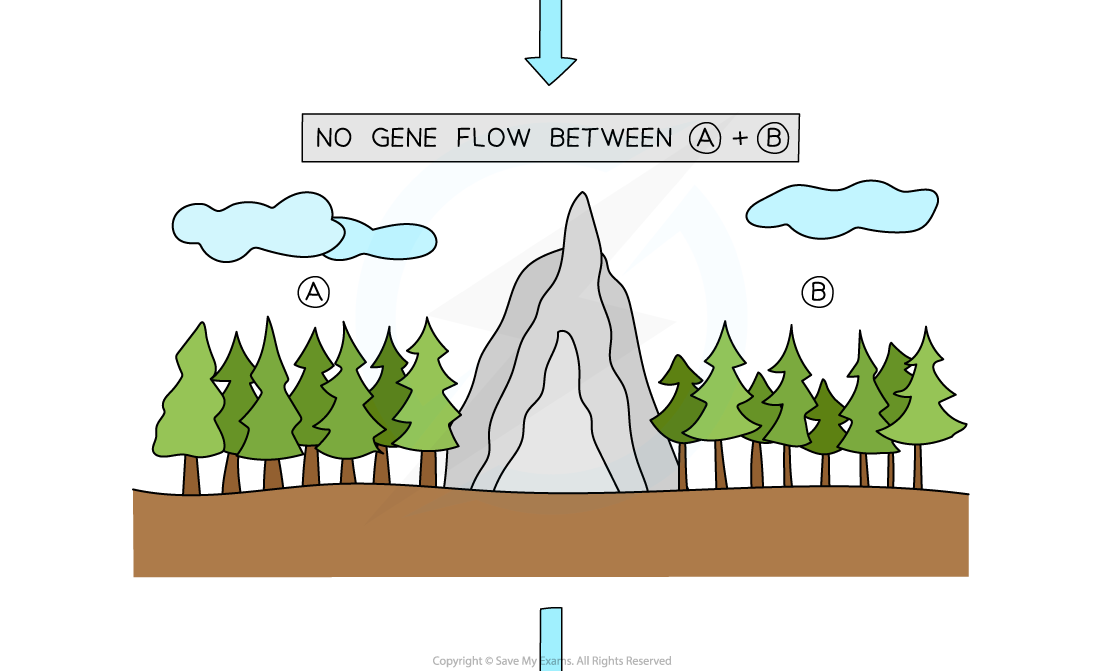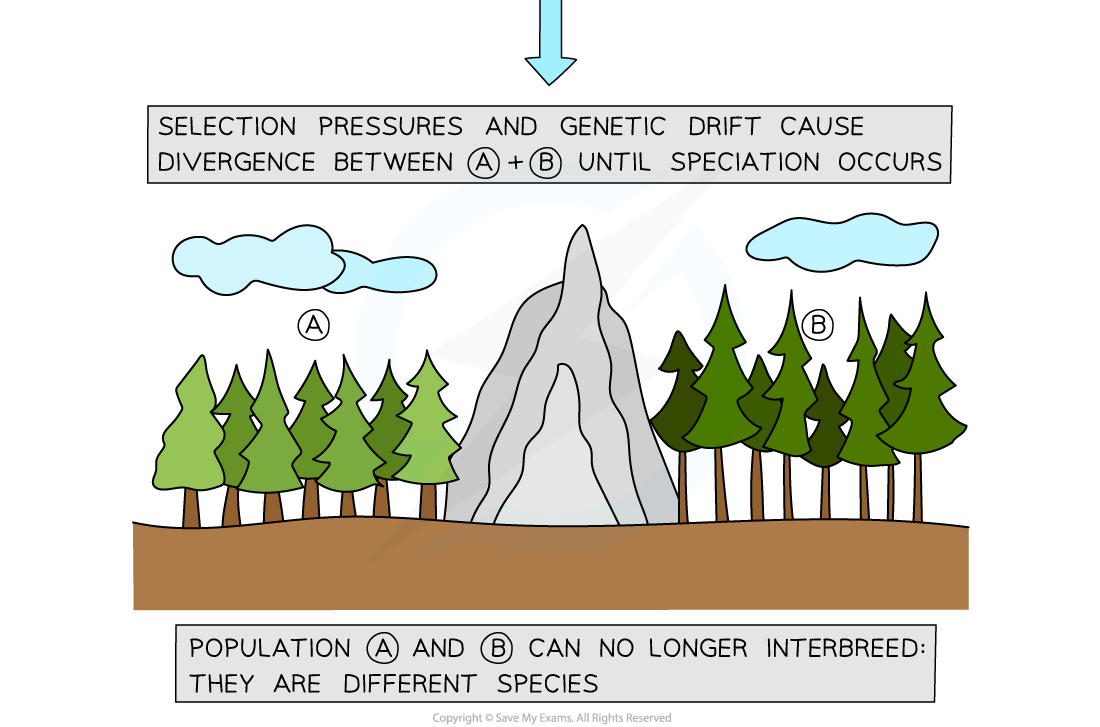Species
- A species can be defined as:
A group of organisms that can interbreed to produce fertile offspring
- The ability to breed and produce fertile offspring is a useful method of distinguishing species for organisms that reproduce sexually but can be difficult to apply in some situations
- Organisms that reproduce by asexual reproduction, such as bacteria, cannot be classified using this method
- On rare occasions, animals of different species breed together and produce fertile offspring, such as the so-called 'wholphin'; the fertile offspring from a cross between a melon-headed whale and a common bottlenose dolphin
- According to the species rule above the wholphin would be a new species, but while scientists do believe that hybridisation can lead to new species it needs to be a frequent event for this to occur, and wholphins are rare
- Note that the melon-headed whale is actually a species of dolphin, so the name 'wholphin' is a bit inaccurate!
- The imperfect nature of this method of classifying species means that other characteristics are often used at the same time
- Organisms of the same species share similar morphology
- DNA sequences can be compared, with a certain level of similarity indicating that organisms are the same species
Populations
- A population can be defined as:
A group of organisms of the same species living in an area at one time
- A population can be isolated from other populations of the same species due to living in a different area
- This isolation means that members of the separate populations cannot breed together and gene exchange or gene flow cannot take place between them
- As long as these isolated populations could, in theory, interbreed to produce fertile offspring, they are the same species
- If the environmental conditions affecting each population are different, then natural selection could act differently on each population and eventually lead to speciation
- Genetic drift can also lead to speciation
- Once speciation has taken place, the two species can no longer produce fertile offspring; they are reproductively isolated



Reproductive isolation of two populations of trees can occur when the populations are separated for a long period of time
Exam Tip
Make sure that you can state the definition for a species - organisms belong to the same species if they can interbreed to produce fertile offspring
